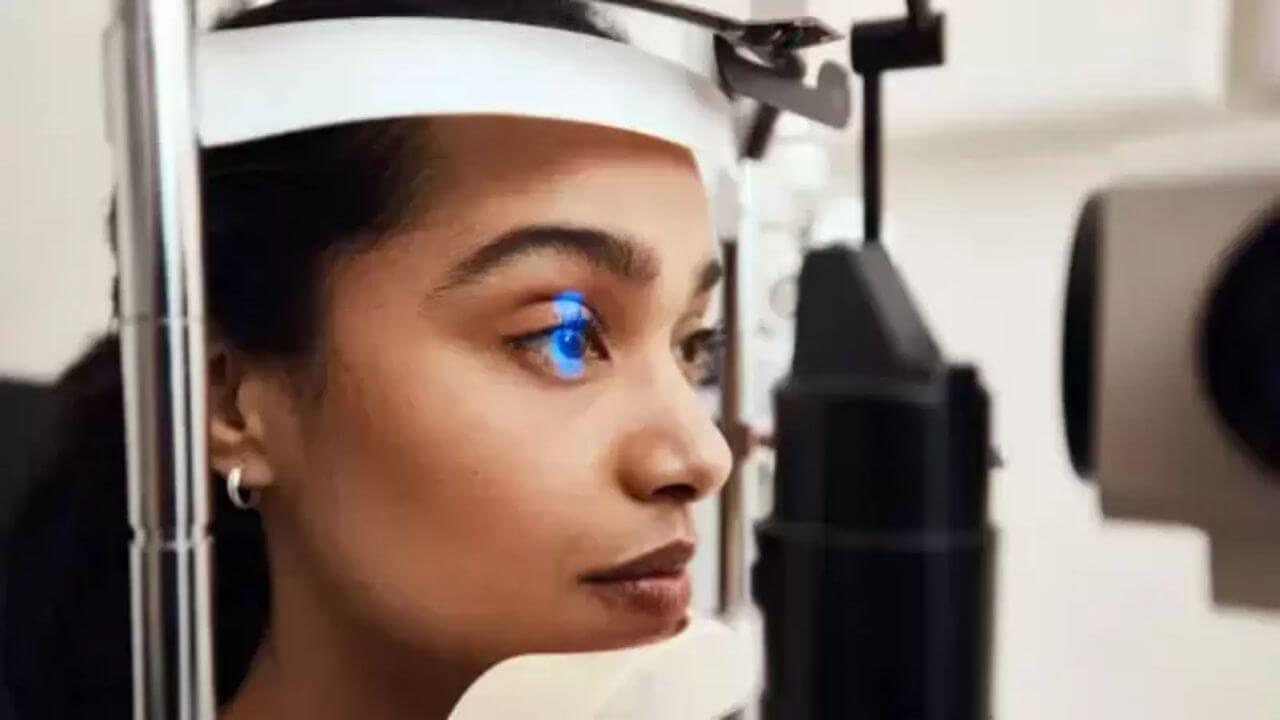How We Detect and Manage Glaucoma Early?
Glaucoma refers to a group of sight diseases that can damage the optic nerve, generally due to elevated intraocular pressure and is denoted by injury to the optic nerve. It is usually referred to as “the silent thief of vision” because of its stealthy improvement without clear indications. Although vision loss can be captured along the way, it is generally documented in the very late stages. Thus, early detection and management are vital. New and advanced techniques for diagnosing and treating glaucoma symptoms are now all aimed at saving your vision.
Understanding Glaucoma
Glaucoma refers to a group of disorders with similar features that typically kill the optic nerve, which carries the signal of vision to the brain. This disease is known to start extremely slowly and is painless. Other types of glaucoma-less common, angle-closure glaucoma, can start with a bang, primarily manifesting with symptoms of severe eye pain, which can also include blurred vision, and in some cases, nausea.
Glaucoma has always been dangerous because of its ability to attack one’s vision quietly and suddenly. By the time one starts noticing symptoms, permanent vision loss likely has already taken place. Early identification and early treatment of AMD may prevent visual disability or blindness.
The Importance of Early Detection
Since vision is precious, it is impossible to recover from a glaucoma-related tragedy. In any event, glaucoma’s progression may be slowed or even stopped with early detection and treatment. Vision can be preserved for many years.
People who belong to certain dangerous groups are at risk for developing glaucoma, including:
- Persons older than 40
- Individuals with a family history of glaucoma
- Individuals managing systemic conditions like diabetes or high blood pressure
- People with raised pressures in the eyes or a history of trauma to the eye
For these groups, frequent eye exams are crucial. Comprehensive testing enables catching early glaucoma for convenient, practical treatment.
How We Detect Glaucoma
We follow a multi-faceted approach to the early detection of glaucoma. Our diagnostic regime includes:
1. Tonometry
Tonometry tells us the pressure inside the eye and helps determine eye health. High pressure can lead to glaucoma, so this test is crucial for early detection. These tests are quite painless and swift, delivering early signals of an emerging problem.
2. Ophthalmoscopy
With the help of a special instrument, we examine the optic nerve for signs of damage. A pale or cupped appearance of the optic nerve may suggest glaucoma.
3. Visual Field Testing
This examination checks the limits of your side or peripheral vision-one of the very first things affected by the condition of glaucoma. Any spots or changes in your vision may suggest the disease’s presence.
4. Optical Coherence Tomography (OCT)
Optical coherence tomography technology is utilized for high-resolution imaging to assess the consistency of the optical nerve fibers. Changes in thickness can be detected even before any visual loss.
5. Gonioscopy
This test examines the drainage angle of the eye in an effort to know what type of glaucoma you may have. Open or closed drainage angles will be treated differently.
Managing Glaucoma
Although glaucoma cannot be cured, tailored treatments can halt its progression.
1. Medications
The typical first line of treatment includes prescription eye drops or oral medications intended to lower IOP by either reducing fluid production in the eye or increasing drainage. It is directed that you strictly adhere to these medicines for them to take effect.
2. Laser Therapy
Laser trabeculoplasty is a non-invasive laser operation performed to enhance the drainage of fluid from the eye. This option is normally applied in cases where the patient has a poor response to medications.
3. Surgical Interventions
If medications and laser treatments fail, surgery like trabeculectomy or drainage implants may be needed for advanced cases. They provide abnormal exit routes for increased liquid accumulation within the eye to reduce the IOP.
The Role of Regular Eye Exams
Regular eye examinations are important to be able to identify the presence of glaucoma, monitor its progress, and determine if the treatment is effective. Such yearly or biannual appointments may safeguard even more high-risk individuals.
In these visits, we shall check not only your current vision but also any changes regarding your eye health. Early intervention and caution via screening remarkably lower the risk of vision failure from the infection.
Conclusion
Glaucoma silently steals away one’s vision; however, it could be kept under control with awareness. The safeguarding of vision lies in awareness, checkups, and undertaking glaucoma treatment. At Carlton & Stanley Opticians, we protect your vision. With cutting-edge diagnostic tools, adjustable treatment plans, and caring professionals, we do all we can to ensure that glaucoma does not take your sight away.
Be proactive and book your eye examination at Carlton & Stanley Opticians now, and let us help you protect your vision for a lifetime.




